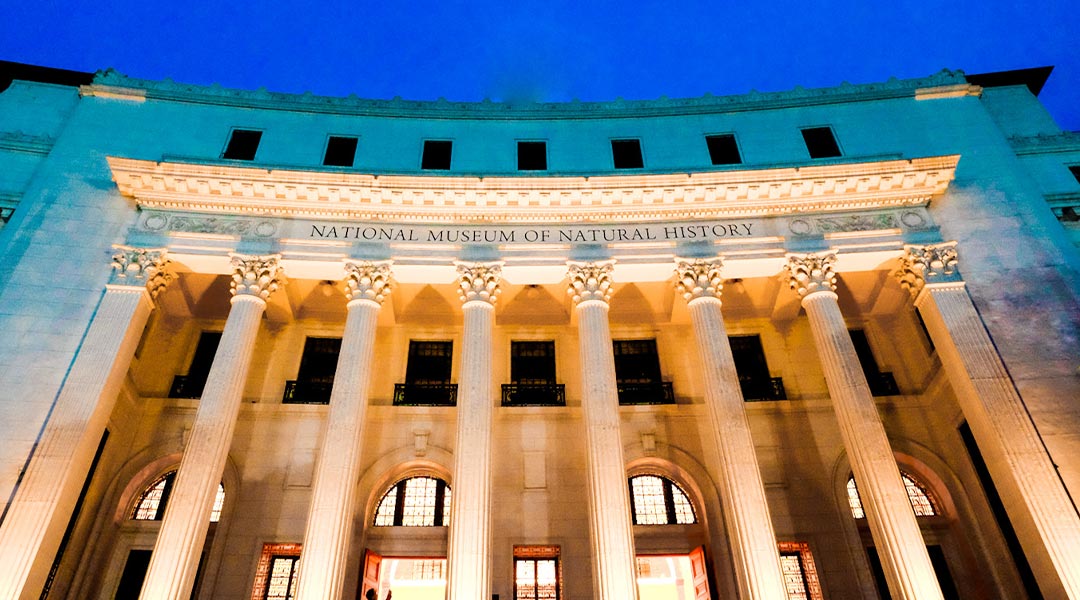Architecture reminds us just how connected structures are to our heritage and societies. Good architecture highlights this alongside features that cater to sustainability and advocate for a greener future and ultimately become an extension of humanity. In this light, it’s important that the new architects of this era can look towards a government that can serve as stronger pillars that also advocate for either the revitalization of an old icon or the construction of an entirely new structure that takes the shape of the country’s current state. Here are just some iconic Philippine structures that highlight our country’s history and serve as a reminder that the right choice of administration can not only help rejuvenate these structures or keep them alive but can also give the country’s rising architects and designers enough leeway to create more iconic buildings that carry the Philippines’ heritage and the shape of its future.
National Museum of Natural History
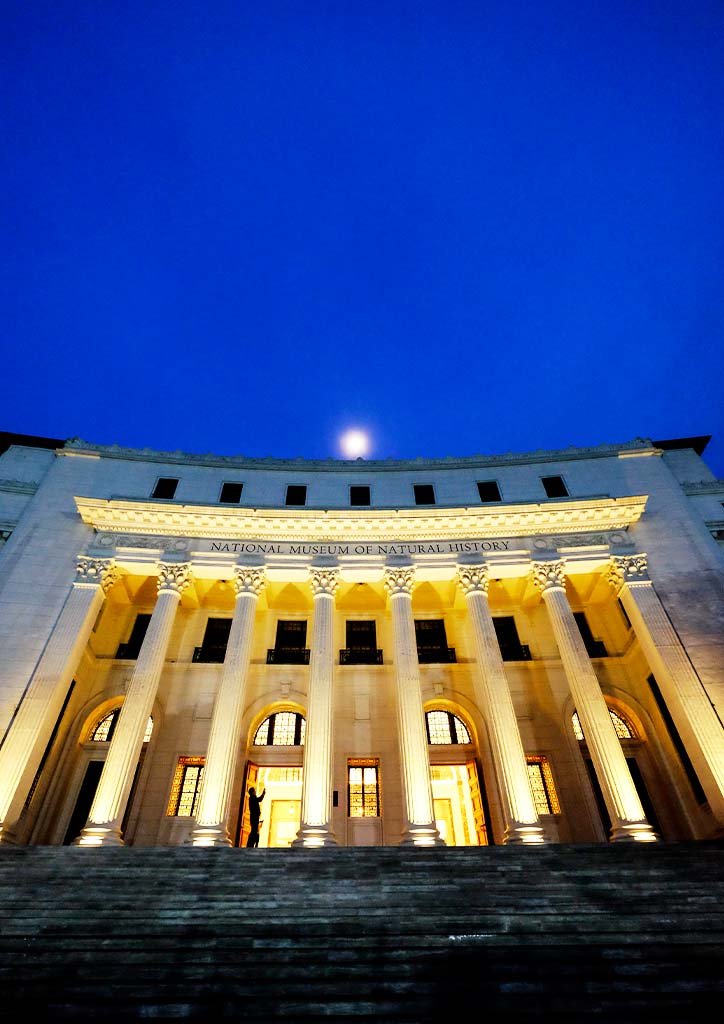
Previously known as the main office of the Department of Tourism, the National Museum of Natural History was redesigned by architect Dominic Galicia and interior designer Tina Periquet who reconfigured its design to center on the atrium that was dubbed ‘The Courtyard’ where its iconic six-story functional sculpture shaped like a DNA helix stands as The Tree of Life. This focal point structure houses a glass-walled elevator where visitors can gain a 360-degree look at the museum’s pristine interiors.
READ MORE: 3 Iconic Frank Lloyd Wright Structures
Manila Central Post Office
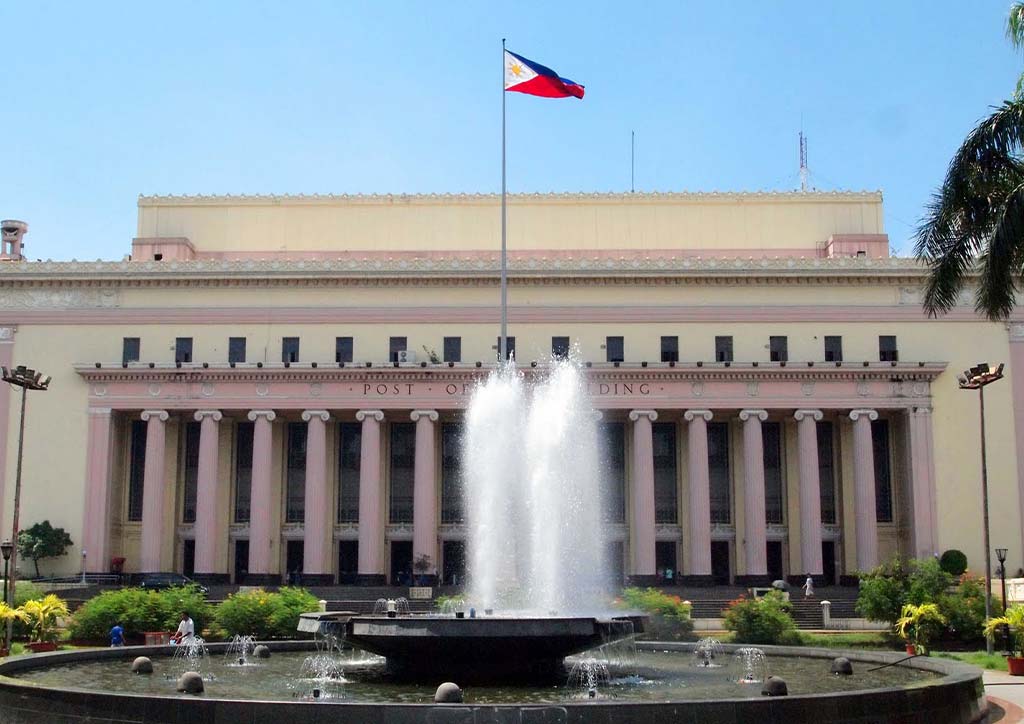
Completed in 1926, the Manila Central Post Office was designed by Juan Arellano and carries a neoclassical style mostly used by government buildings to highlight its commanding facade where stability and strength are the precursors to the standard government image. A rectangular structure, the Manila Central Post Office is designed with 14 Ionic columns and two semi-circular extensions flanking the main building where an atrium is set in the middle, bringing natural light into the structure.
READ MORE: The five shapes of Feng Shui in Architecture and Design
Philippine International Convention Center
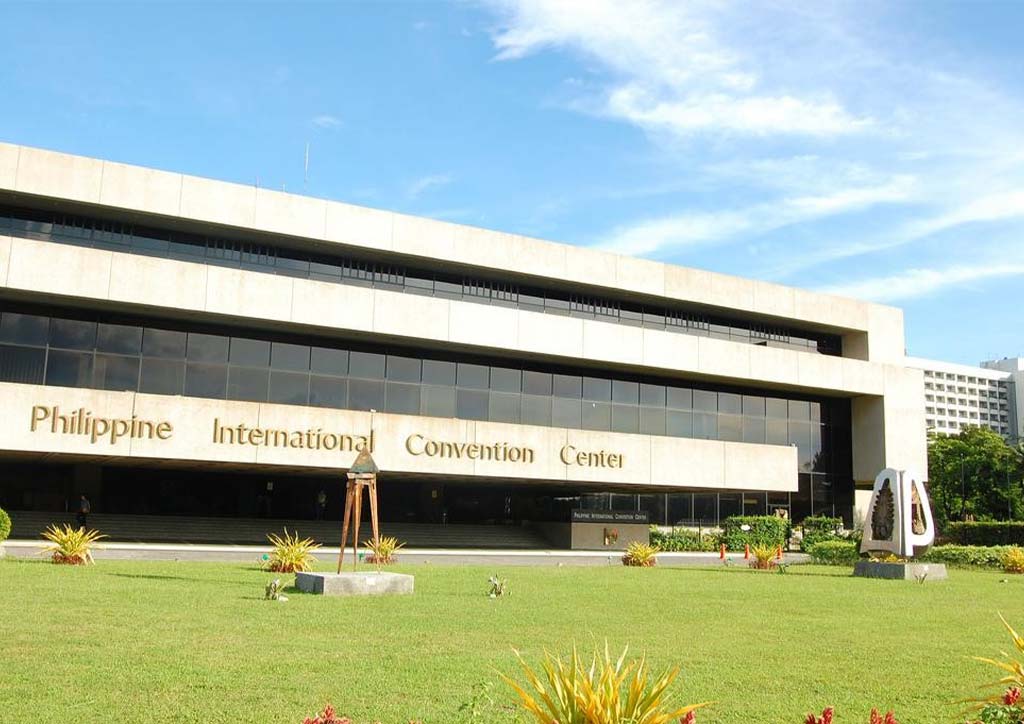
The prime model for brutalist architecture, the Philippine International Convention Center (PICC) was created by one of the country’s genius architects, Leandro Locsin. With its fortress-like design that highlights bare concrete, distinct lines, and a visual that catches even the most unattentive eyes, the PICC is a historic marvel that hosts foreign and local conventions and is also a must-go-to for artists and connoisseurs due to its art collection from six national artists.
Manila City Hall
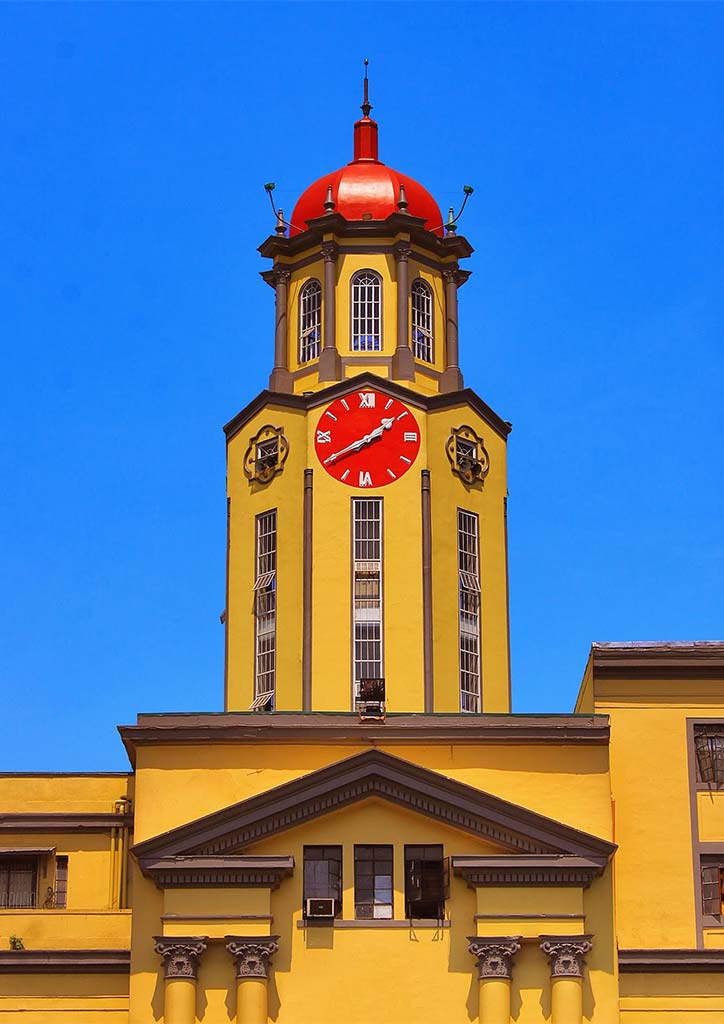
Popular for its coffin-shaped design, the Manila City Hall was a heavily criticized structure. Despite the negative reviews about its shape, this structure’s design was said to be a respective tribute to those who died during the Battle of Manila. Built in 1939 and designed by architect Antonio Toledo, it is one of the oldest neoclassical structures in Old Manila and flaunts a clock tower that serves as one of Metro Manila’s trademarks.
The Cultural Center of the Philippines
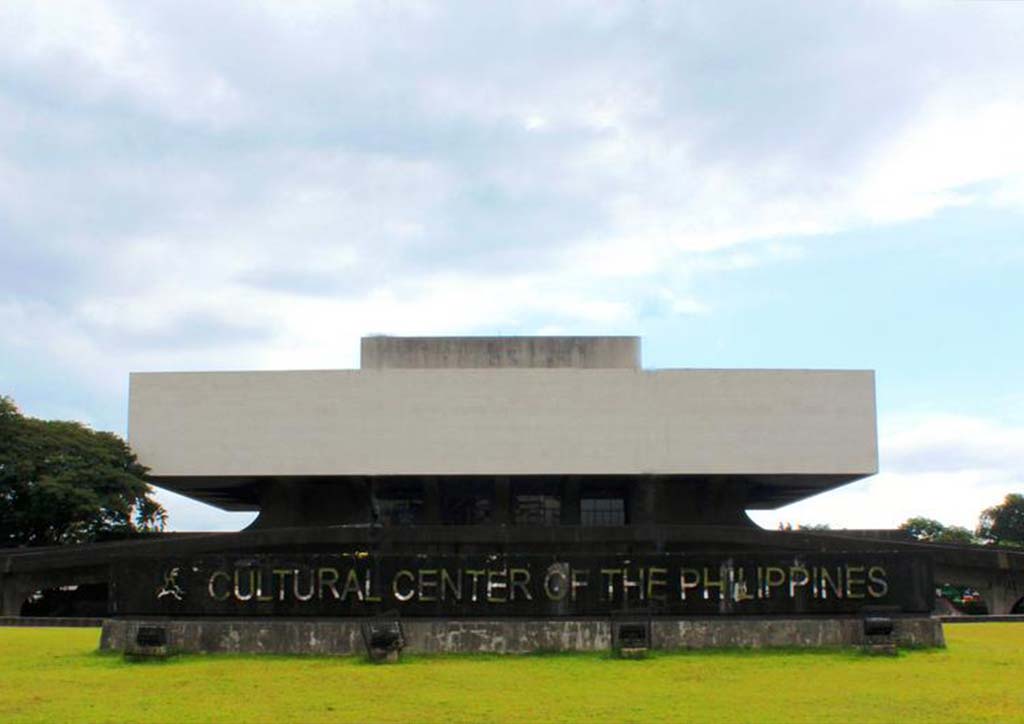
Designed by architect Leandro Locsin and Ildefonso Santos Jr., the CCP highlights Locsin’s signature brutalist features within a solid concrete form. After its opening in 1969, the structure was known for high praise from the U.S. ambassador who mentioned the grandeur that took the form of grand staircases, gleaming, hanging chandeliers, and collections of art and sculptures from the Filipino art masters.
READ MORE: The Bridge of Life: Public Structures for helping mental health
